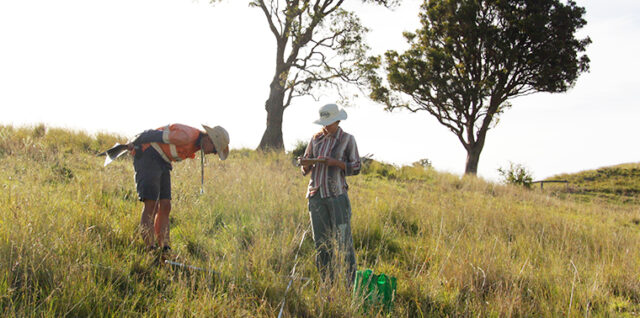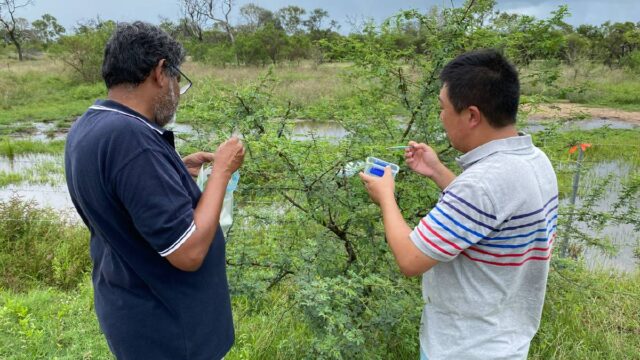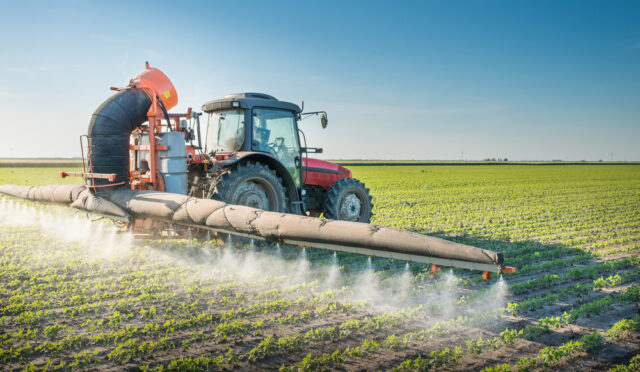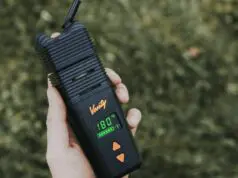
Australian farmers are always on the lookout for invasive plants spreading across their properties. Not only can invasive plant species cause serious economic problems but they can be detrimental to the livestock and natural environment. As part of Australia’s general biodiversity obligation (GBO), Australian farmers are expected to take practical steps to mitigate these risks.
Mechanical, chemical, or biological control methods are often used to clear and control the spread of invasive plant species. Looking for an excavator for sale Melbourne landowners use for mechanical control methods is one plan that can help farmers control plant infestations. Read on to find out how to use the three common control methods to help manage this problem.
3 Control Methods for Clearing Invasive Plants from Your Australian Farm

1. Mechanical Control Methods
Mechanical control methods require using physical means of removing invading plants from your farm. Cutting or pulling plants and disposing of them safely can prevent the further spread of invading species. The benefits of using this method include:
- Reduced reliance on toxic chemicals to control weeds.
- No need to apply for special licensing to use physical methods of controlling plant invasions.
The downfall of using the mechanical control method is that it’s highly labour intensive and removing firmly entrenched plants can cause site disturbance. But, if the invading plants aren’t properly removed it can give rise to rapid re-infestation of the species.
Mechanical control methods include:
- Pulling or digging invasive plants out of the ground when the soil is moist.
- Cutting and mowing large areas three to four times every year to reduce healthy growth.
- Suffocating invading plants with thick layers of plastic sheeting. This can kill the infestation as long as you keep the covering in place for up to two years.
Equipment such as excavators, skid steers, tractors and backhoes are useful for removing invasive plant species and clearing infestations. Tools such as digging forks, shovels and shears are extremely handy when pulling, digging or cutting plants and removing them from the area.
2. Biological Control Methods

Biological control methods have been introduced in Australia to a variety of weed species, successfully bringing them under control.
The biological control method involves using naturally controlling pathogens or insects collected from the native site of the invasive plant species. By introducing these insects or pathogens to the infested area the vigour, competitiveness and size of the invading plant species can be reduced.
While this method doesn’t clear the invasion completely, it does minimise the economic and environmental destruction it causes. However, biocontrol agents aren’t a quick-fix solution and some weeds take between 18 to 36 months before being fully controlled.
To implement this form of control method, researchers need to do a risk analysis before submitting a request to the Australian Department of Agriculture for assessment.
Biocontrol agents have been introduced and fully established in many areas throughout Australia. Landowners wishing to use biological control methods can contact their local government offices in Australia for further advice.
3. Chemical Control Methods

Chemical control methods involve using herbicides to kill and prevent the spread of invasive plants. It’s one of the most efficient and effective methods for removing a plant infestation but if not improperly implemented, can result in short- and long-term environmental and health problems.
Herbicidal control methods are some of the most cost-effective ways to control weeds. Two types of herbicides can be used to treat common weeds, one containing glyphosate and the other made up of triclopyr:
- Glyphosate is non-selective, killing both non-invasive and invasive plant species,
- Triclopyr is selective and won’t harm monocots such as grasses and lilies.
Using the correct product and the right quantities is vital for the safe and effective use of herbicides.
Farmers eradicating invading plants in wetland zones need to use special formulations. Specific pest regulations also apply to different districts and they need to be adhered to when working with herbicides.
Legally, landowners can only use herbicides in accordance with the claims made on the product’s label. Otherwise, farmers need to apply for an off-label permit.
Final Thoughts
Mechanical control methods can be time-consuming and labour intensive but with the right equipment and tools, controlling weeds is possible. Adhering to safe disposal practices is important to avoid reinvasions and invasive plant species must never be dumped in waterways or dams.













